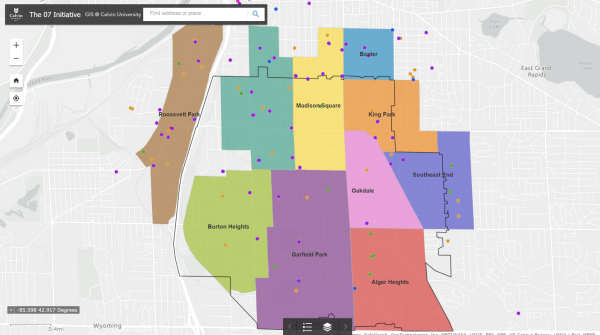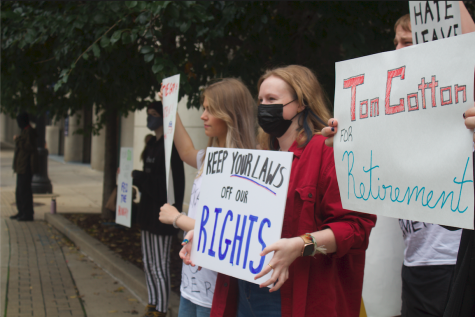Lead poisoning on the rise in Grand Rapids
For the first time in fifteen years, the number of children poisoned by lead in Kent County increased this year. A 30% increase in children with high blood lead levels in Grand Rapids from 2015 to 2016 has challenged area leaders to strive for more comprehensive solutions to prevent lead poisoning.
Images of murky water flowing from faucets in Flint have made a mark in the public’s memory, but the 49507 zip code in the southeast side of Grand Rapids actually has the highest rate of lead poisoned children in the state, with almost one in ten affected.
The results of lead exposure on a developing brain can be permanently damaging. Developmental and learning delays and lower IQ are linked with lead poisoning, and many of the children who are poisoned by lead come from low-income backgrounds where there are fewer community resources designated to special education and extra academic and behavioral support.
In Grand Rapids, lead-poisoned water isn’t as much of a concern as it is in Flint. The culprit here is lead-based paint, which was widely used in all houses built before 1978, which includes 85% of all homes within Grand Rapids. Paint chips and dust on windows and floors can disperse lead particles into the air.
Because infants and young children spend most of their time at home, near floors and because their neurological system is still developing, they are most susceptible to the harmful effects of lead.
The question remains for activists in Grand Rapids: Why is the number of lead-poisoned children increasing?
The answer might point to a combination of a few different factors, although there is no certain answer. Paul Haan, director of Healthy Homes Coalition of West Michigan, believes that the affordable housing shortage in Grand Rapids might be pushing families to live in homes that are in poorer condition than they would normally rent, exposing children to environmental hazards. The increase in renovations of older homes within the city that contain lead paint could expose lead toxins if contractors aren’t handling the reconstruction with care.
Regardless of the cause, it’s clear that the effects of lead poisoning are serious, and disproportionately impact low-income children and children of color. African American children are twice as likely to be lead poisoned than white children, and low-income children are most affected.
Momentum is beginning to build in addressing the issue, however. Governor Rick Snyder took advantage of the current spotlight on the issue and heeded the call for action after mismanagement in the lead water crisis in Flint. He appointed advocates and individuals with expertise in the prevention of child lead poisoning to a State Child Lead Poisoning Elimination Board to create policy recommendations for the state to follow. The ultimate goal of the board is to eliminate childhood exposure to lead in the state of Michigan.
Lieutenant Governor Brian Calley chairs the board of twelve, which includes Dr. Mona Hanna Atisha, the doctor who broke the story on the Flint water crisis, Paul Haan of the Healthy Homes Coalition of West Michigan and a cross section of leaders who work directly with lead issues daily.
Work by the Healthy Homes Coalition and the Get the Lead Out Program through Grand Rapids and the county Health Department is promising in the face of a discouraging issue. The programs provide families with young children under 80% of the median household income resources to repair their lead-affected homes to make them safe and connect them with resources to get their landlords to make changes, find other housing and help their children.
What can people expect some of the positive improvements to be?
A policy focus on primary prevention would be a pivotal change in the treatment of lead in the state. The current approach to deal with lead poisoning is to wait until a child tests positive for lead exposure and then remove lead hazards from the home, basically treating kids like canaries in a coalmine.
Because the harms of lead poisoning are irreversible, Haan sees primary prevention as the most crucial step to take moving forward to protect children. Removing all hazards in homes statewide ensures that all children are guaranteed a home free from hazard.







